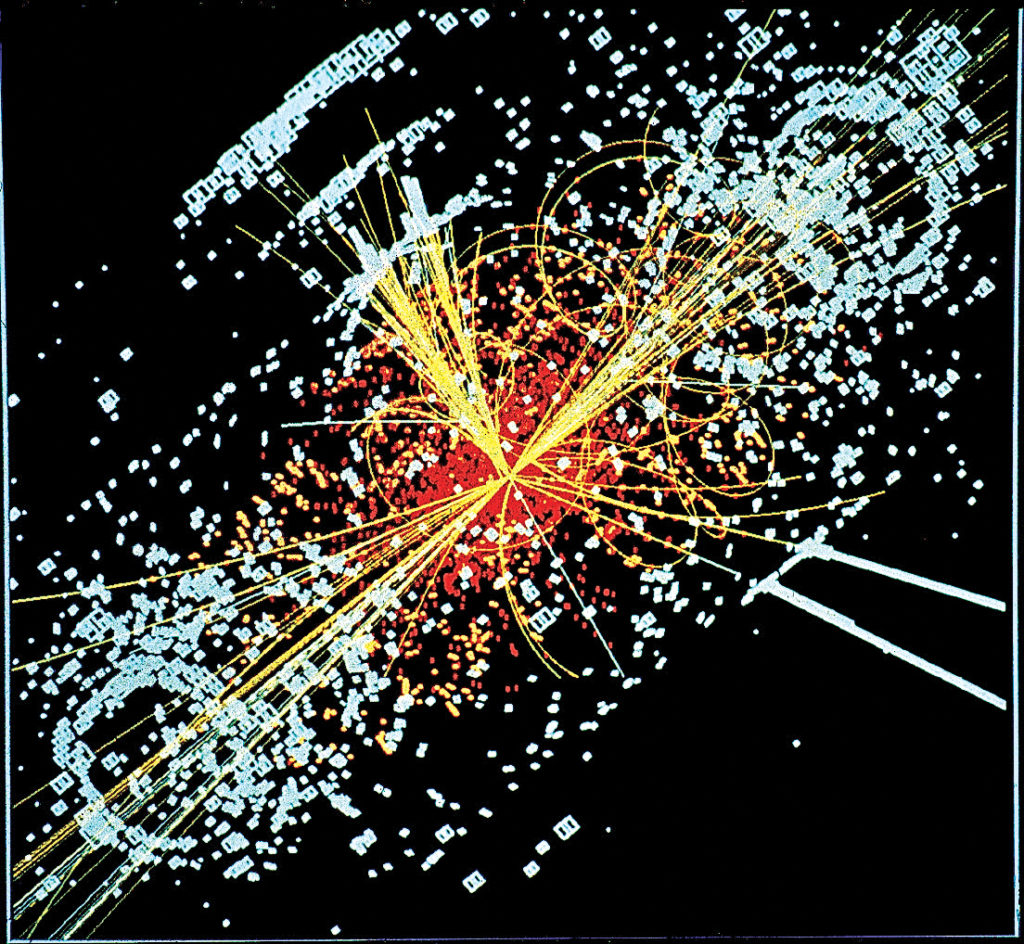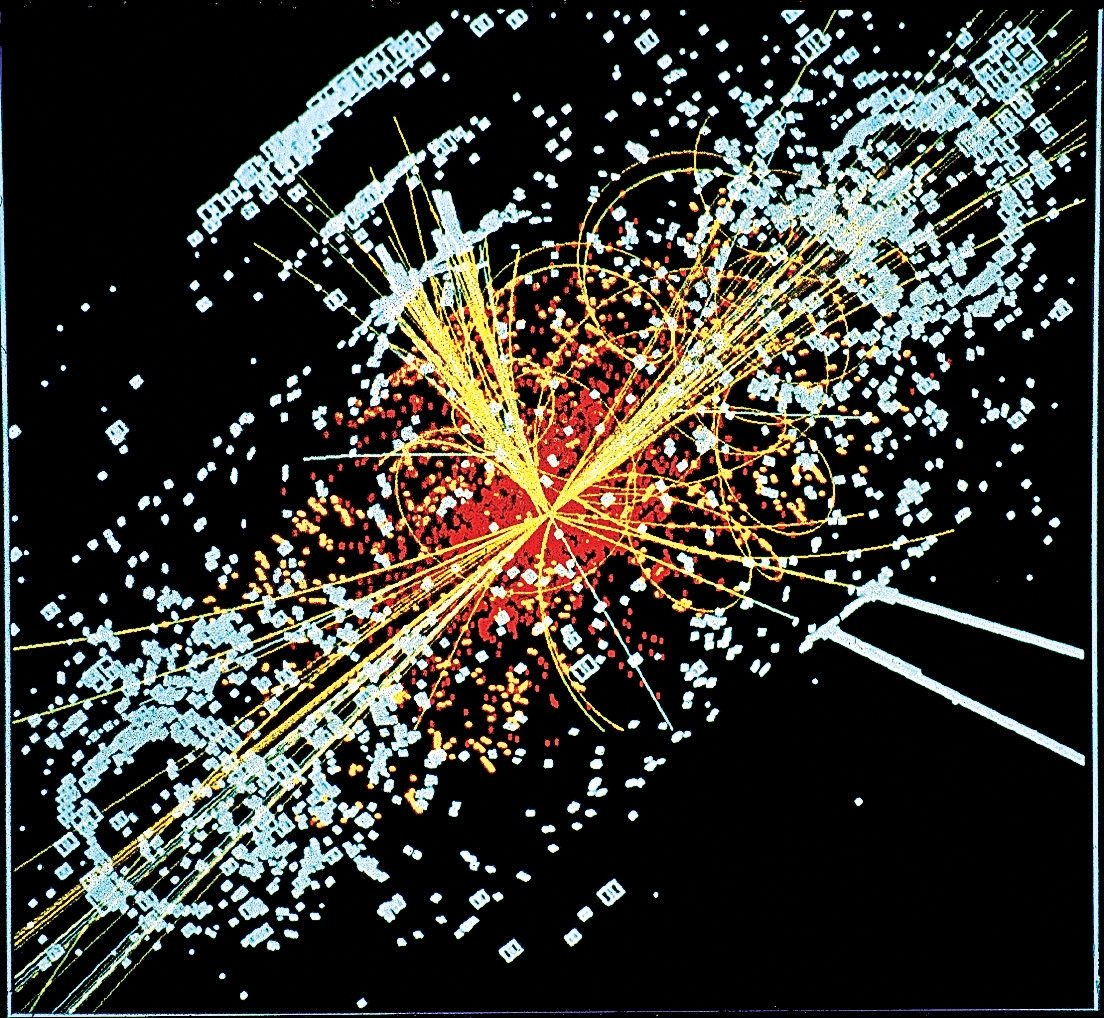Research Chair Dr. Wendy Taylor explains the Higgs boson
Mike Mannarino
Staff writer
@sp3ctor20

Thanks to the ATLAS project, researchers are very close to discovering the Higgs boson particle.
ATLAS, a particle physics experiment, stands for A Toroidal LHC Apparatus. The ATLAS detector at CERN searches for new findings in the head-on collisions of high energy protons. ATLAS is responsible for more than just Higgs boson research however. The experiment resulted in over 100 published journals last year alone.
Dr. Wendy Taylor, Canada Research Chair in experimental particle physics at York, is one of 3,000 researchers chosen for the ATLAS program. She gave further insight into the project and the Higgs boson.
One of the main goals of the experiment, Dr. Taylor explains, is to discover or rule out the existence of the Higgs boson.
The Higgs boson particle has been highly sought after since its potential existence was theorized 50 years ago by Dr. Peter Higgs and his team. The CERN Large Hadron Collider (LHC) may finally give physicists their opportunity to prove its existence.
“All of [the] subatomic particles should have just been mass-less, based on the Standard Model,” says Dr. Taylor. “We measured them, and they have mass.”
The point of the Higgs boson search, says Dr. Taylor, is to explain why this subatomic mass exists where it should not. “The Higgs boson was introduced to the [Standard] Model in part to give an answer to why particles have masses.”
Dr. Higgs conducted more research to determine whether or not these subatomic particles had mass, which theoretically they should not have. When they proved subatomic particles do have mass, Higgs and his team proposed the theoretical Higgs boson. Higgs could not further his theory into practical testing until the LHC was constructed.
The LHC is 27 kilometres in circumference, buried 100 metres under Geneva, Switzerland. Magnetic fields accelerate the particles close to the speed of light in a circular path, rather than a straight line. The facility collides the two particles at speeds that were unfathomable less than a decade ago.
The possibility of creating controlled reactions through the LHC allows experimental physicists the opportunity to view how subatomic particles react upon collision. During this reaction, physicists have an opportunity to detect, among other things, the Higgs boson particle. It’s a matter of trial and error until the mass is confirmed and the Standard Model is verified.
Don’t expect any immediate engineering applications from the Higgs discovery. “This is pure research,” says Dr. Taylor. “We don’t envision any application coming from the discovery of the Higgs boson. Right now we’re trying to understand […] the Standard Model.”
“The [Standard] Model describes the fundamental forces of nature: the subatomic particles and how they react,” says Dr. Taylor. “The Higgs boson is like the last piece of that Standard Model.”
Particle physics research often produces unexpected applications. “Technology often comes out of pure research, like these magnetic fields,” Dr. Taylor explains. MRI machines may not have been developed if particle accelerators weren’t needed.
The ATLAS scientists are closer than ever to finding the elusive Higgs boson particle, a feat they hope to accomplish by the end of 2012.



